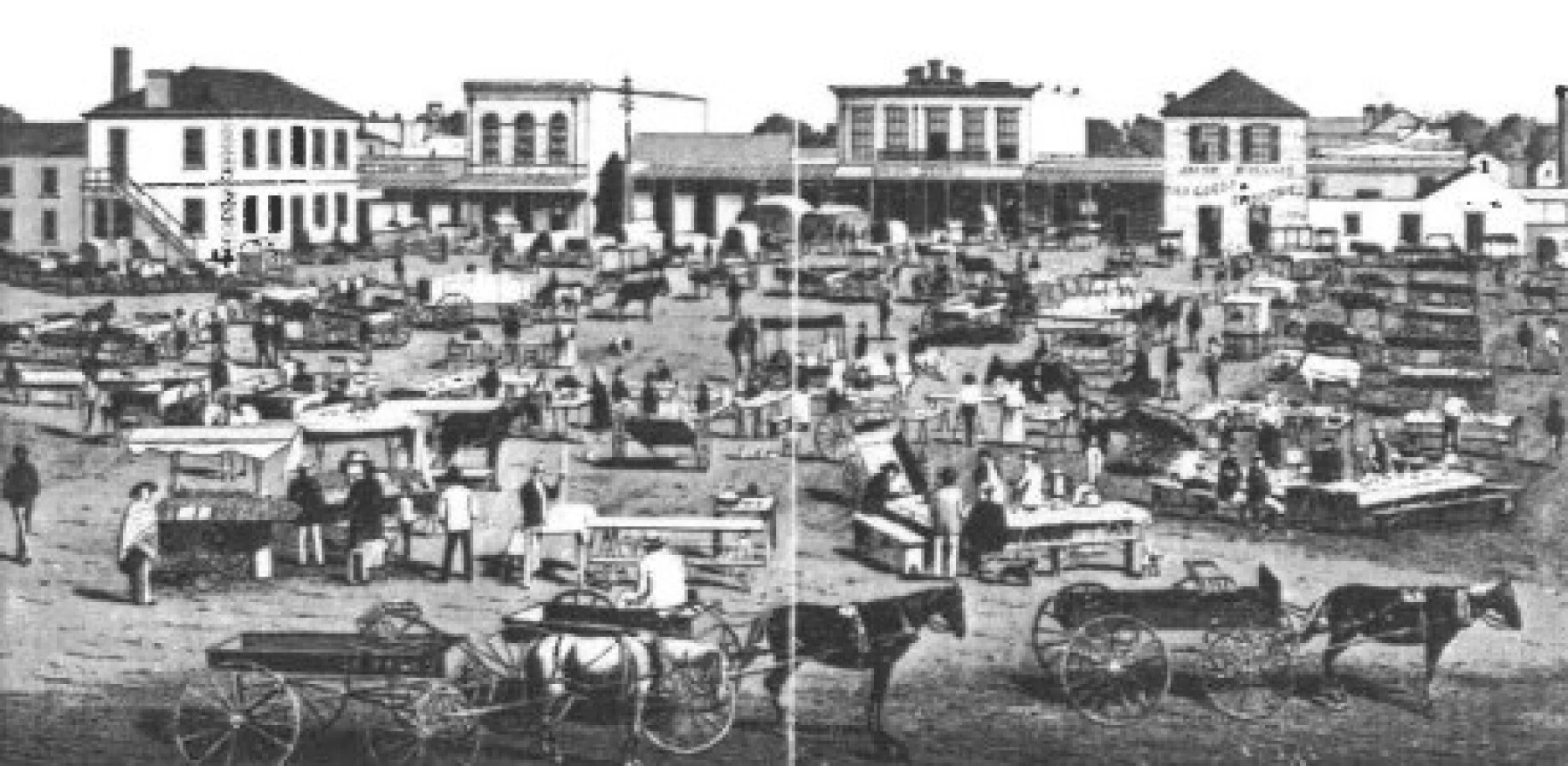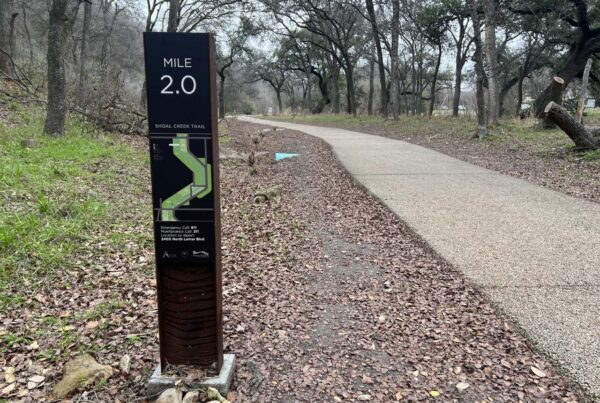From Texas Public Radio:
San Antonio history is nothing if not unusual. One of its most curious periods is the 60-year one when the Chili Queens fed the city in open-air plazas. So what and who were the Chili Queens?
Their reign ran from about 1870 to 1930, and they cooked and served in open-air markets set in downtown plazas. Professor of Mexican American studies at UTSA Lilliana Saldaña said their day started early, probably sometime around 4 a.m.
“I can imagine these women waking up early in the morning to do all the prepping that goes in, preparing food,” she said. “Grinding the corn, making the tortillas. I imagine the smell of the chilis, the smell of these home cooked meals, conversations and pláticas and people just coming in and out of the plazas.”

Lilliana Saldaña. UTSA
The chili queens ruled no kingdoms, but for several decades they played a critical role downtown. Historian Lewis Fisher reminds us that San Antonio was a frontier city and the primary way to get anywhere was by walking or with horse-drawn wagons.
“All the wagon drivers and the cowboys and others who came through needed something to eat,” Fisher said. “And so the people there got some fast food together, which in those days was not just chili, but also enchiladas and tamales and menudo, all kinds of food.”
The queens worked in several plazas, though Military Plaza was one of the primary ones. That plaza is now dominated by the old City Hall building.
“But before city hall was there, it was basically a large open square,” Fisher said.

















